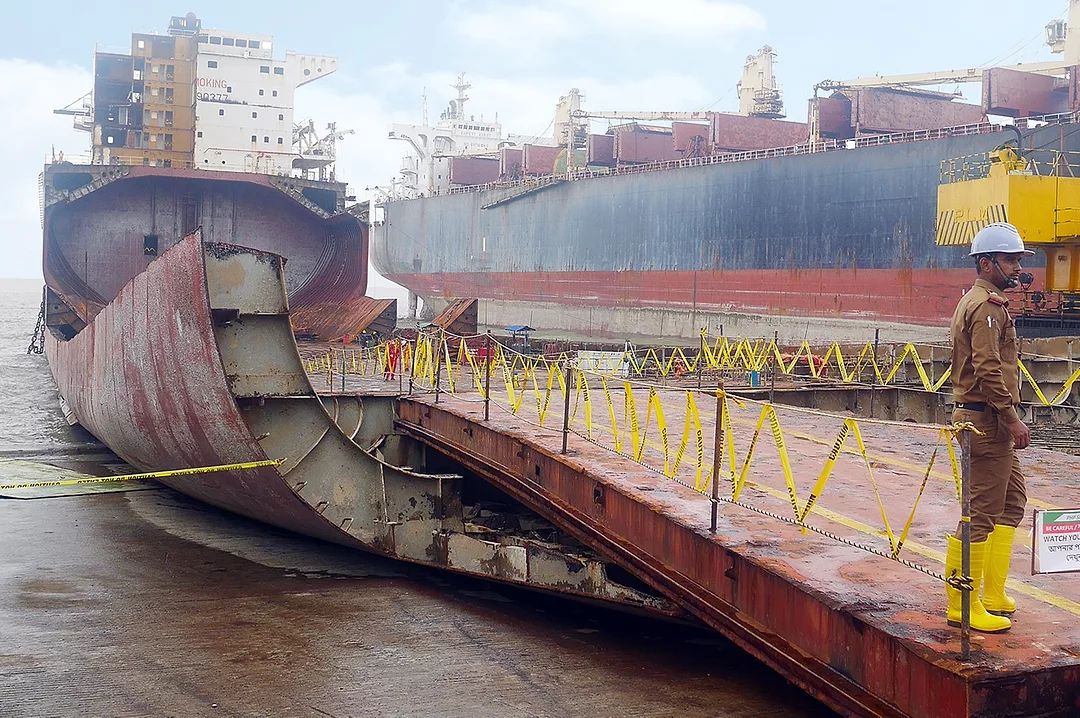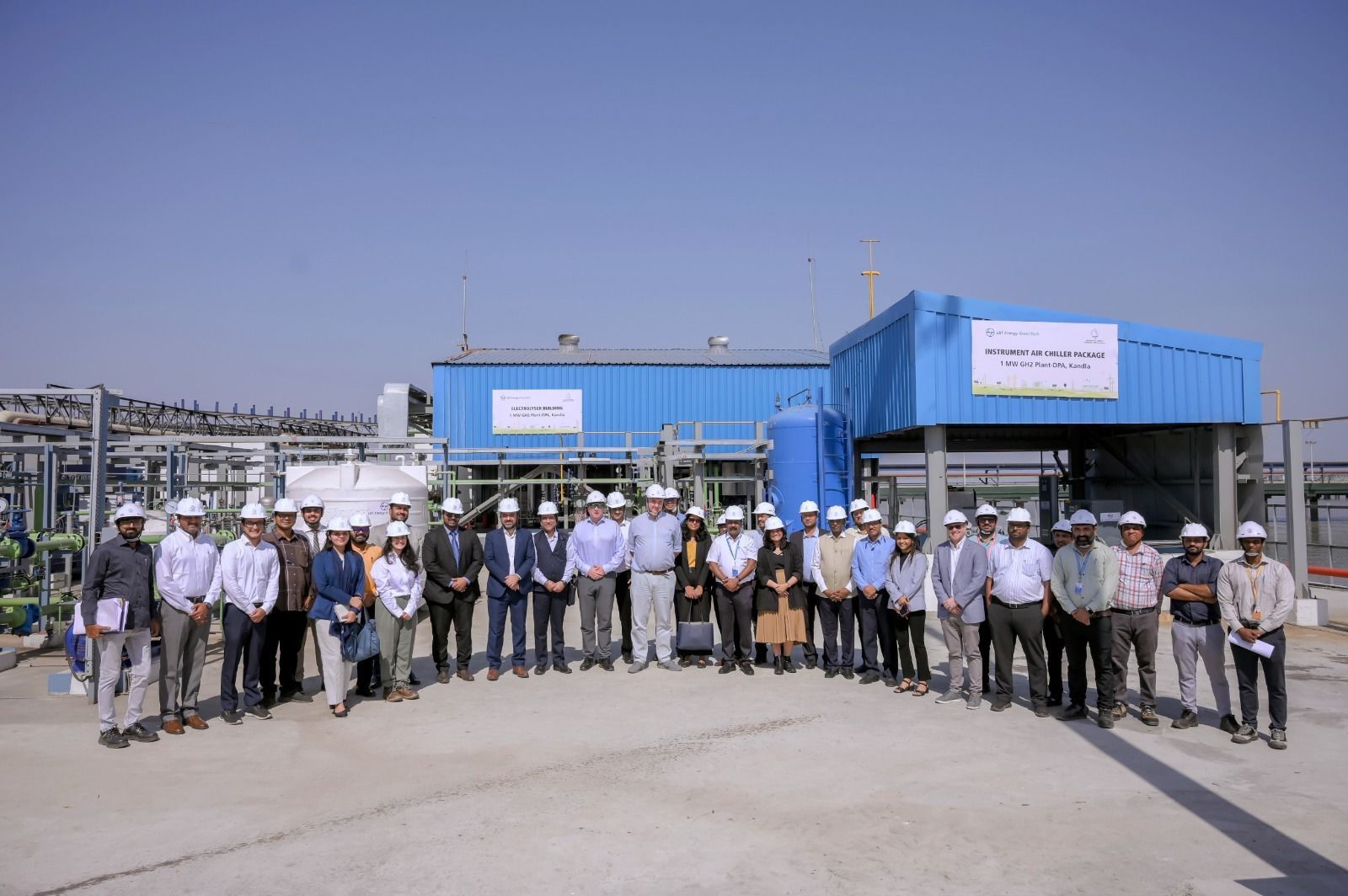Will India Become a Transshipment Hub in 2025?
India, with its strategic location and burgeoning trade economy, is poised to make significant strides in becoming a global transhipment hub by 2025. The country’s government and industry stakeholders are actively pursuing policies and investments to transform its ports and logistics infrastructure into a competitive transhipment ecosystem. However, achieving this ambition depends on overcoming existing challenges and leveraging emerging opportunities in the maritime trade sector.

The Strategic Significance of Transshipment
Transshipment, the process of transferring cargo from one vessel to another at an intermediate port, plays a critical role in global trade. Countries that establish themselves as transhipment hubs benefit from increased trade volumes, enhanced port revenues, and strengthened economic linkages. For India, the potential to become a transhipment hub is particularly appealing given its geographical proximity to major global shipping lanes and its growing status as a major economic powerhouse.
Currently, India handles only a small fraction of its container traffic as transhipment, with neighbouring countries like Sri Lanka (Colombo Port), Singapore, and Malaysia dominating the regional transhipment landscape. Nearly 75% of India’s container cargo meant for transhipment is routed through these foreign ports. This reliance on external hubs increases costs and transit times for Indian exporters and importers, highlighting the need for a domestic solution.
Government Initiatives and Investments
The Indian government has recognized the strategic importance of reducing dependence on foreign transshipment hubs. Several initiatives have been launched to modernize port infrastructure, streamline regulations, and attract investments.
One of the most notable developments is the Sagarmala Programme, a flagship initiative aimed at enhancing port connectivity, reducing logistics costs, and increasing the efficiency of maritime trade. Under this program, the government is investing in the development of deep-draft ports and upgrading existing facilities to accommodate larger vessels, which are essential for transhipment operations.
India’s ambitious push includes the development of the Vizhinjam International Deepwater Multipurpose Seaport in Kerala and the expansion of the Jawaharlal Nehru Port Trust (JNPT) near Mumbai. Additionally, the Vallarpadam International Container Transshipment Terminal (ICTT) in Kochi, touted as India’s first dedicated transhipment terminal, is being promoted as a key player in the country’s quest to capture regional transhipment traffic.
Competitive Advantages
India’s geographic location is one of its strongest assets in becoming a transhipment hub. Positioned along key international shipping routes that connect Europe, the Middle East, and East Asia, Indian ports are well-suited to serve as intermediate stops for cargo moving across these regions.
Moreover, India’s growing manufacturing sector and expanding trade volumes create significant opportunities for domestic ports to cater to both domestic and international cargo. The government’s focus on trade facilitation and policy reforms, such as the introduction of the National Logistics Policy and the Goods and Services Tax (GST), has also improved the ease of doing business in the logistics sector.
Challenges to Overcome
Despite its potential, India faces several challenges in becoming a competitive transhipment hub. One of the primary obstacles is the high cost of port operations compared to regional competitors. Indian ports often grapple with issues like inefficiencies in customs clearance, inadequate hinterland connectivity, and congestion, which undermine their attractiveness to shipping lines.
Additionally, competition from well-established regional hubs poses a significant hurdle. Ports like Colombo, Singapore, and Tanjung Pelepas in Malaysia have built strong reputations for their efficiency, reliability, and cost-effectiveness, making it difficult for Indian ports to lure transhipment traffic away.
Another challenge is the lack of sufficient deep-draft ports capable of handling ultra-large container vessels (ULCVs), which are increasingly becoming the norm in global shipping. While developments like Vizhinjam and Vallarpadam aim to address this gap, they will need to compete with more established players to attract major shipping lines.
Emerging Opportunities
The global maritime industry is undergoing a transformation, driven by technological advancements and shifting trade patterns. India’s efforts to digitalize port operations, implement advanced cargo-handling systems, and adopt green port initiatives could give it a competitive edge.
Furthermore, geopolitical shifts, such as the restructuring of global supply chains in the wake of the COVID-19 pandemic and the ongoing U.S.-China trade tensions, present opportunities for India to position itself as a reliable and efficient trade partner. The country’s expanding Free Trade Agreements (FTAs) with key markets could also play a crucial role in boosting transhipment volumes.
The Road Ahead
For India to realize its ambition of becoming a transhipment hub by 2025, a multi-pronged strategy is essential. This includes addressing cost and efficiency issues, improving hinterland connectivity, and fostering public-private partnerships to attract investments. Collaboration with global shipping lines and leveraging India’s domestic market potential could further enhance its position.
India’s journey to becoming a transhipment hub will not be without its challenges, but the progress made in recent years indicates a strong commitment to achieving this goal. With sustained efforts and strategic investments, 2025 could mark a turning point for India’s maritime trade ambitions, positioning the country as a key player in the global logistics landscape.
Author: shipping inbox
shipping and maritime related web portal








